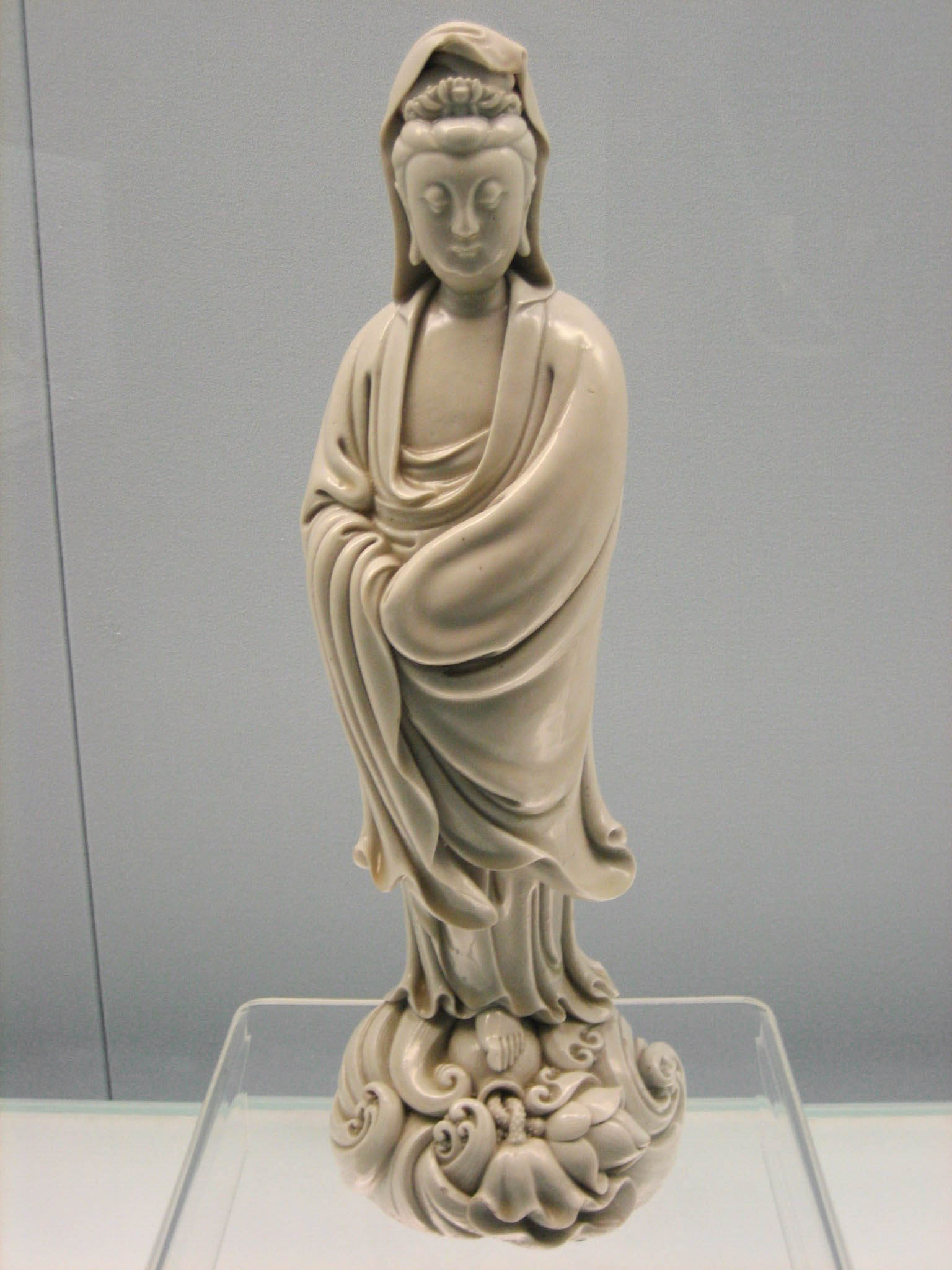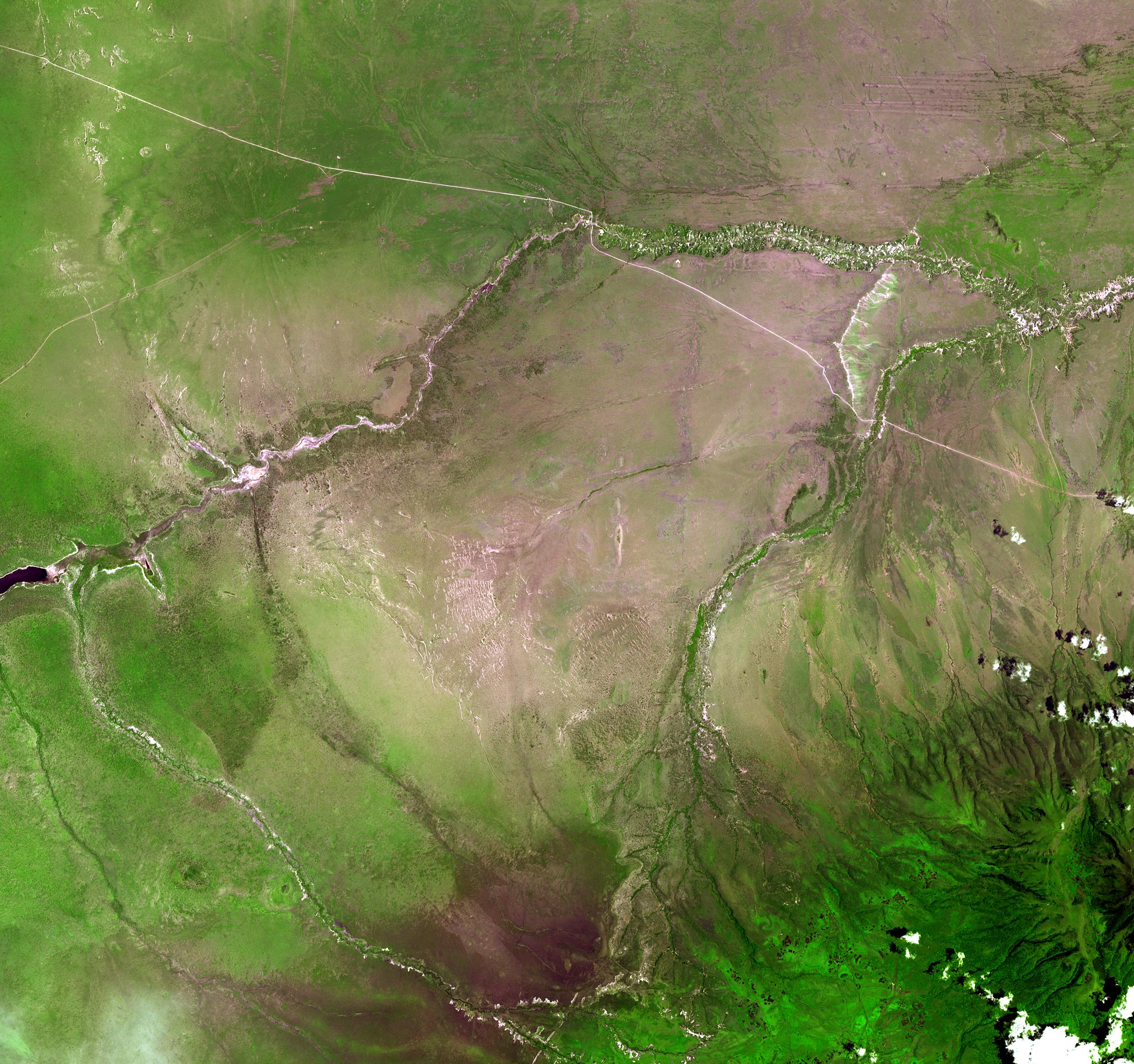|
Sivatherium Giganteum
''Sivatherium'' ("Shiva's beast", from Shiva and ''therium'', Latinized form of Ancient Greek θηρίον -'' thēríon'') is an extinct genus of giraffid that ranged throughout Africa and Eurasia. The species ''Sivatherium giganteum'' is, by weight, one of the largest giraffids known, and also one of the largest ruminants of all time. ''Sivatherium'' originated during the Late Miocene (around 7 million years ago) in Africa and survived through to the late Early Pleistocene ( Calabrian) until around 1 million years ago. Description ''Sivatherium'' resembled the modern okapi, but was far larger, and more heavily built, being about tall at the shoulder, in total height with a weight up to . A newer estimate has come up with an estimated body mass of about or . This would make ''Sivatherium'' one of the largest known ruminants, rivalling the modern giraffe and the largest bovines. This weight estimate is thought to be an underestimate, as it does not take into account th ... [...More Info...] [...Related Items...] OR: [Wikipedia] [Google] [Baidu] |
Miocene
The Miocene ( ) is the first epoch (geology), geological epoch of the Neogene Period and extends from about (Ma). The Miocene was named by Scottish geologist Charles Lyell; the name comes from the Greek words (', "less") and (', "new") and means "less recent" because it has 18% fewer modern marine invertebrates than the Pliocene has. The Miocene followed the Oligocene and preceded the Pliocene. As Earth went from the Oligocene through the Miocene and into the Pliocene, the climate slowly cooled towards a series of ice ages. The Miocene boundaries are not marked by distinct global events but by regionally defined transitions from the warmer Oligocene to the cooler Pliocene Epoch. During the Early Miocene, Afro-Arabia collided with Eurasia, severing the connection between the Mediterranean and Indian Oceans, and allowing the interchange of fauna between Eurasia and Africa, including the dispersal of proboscideans and Ape, hominoids into Eurasia. During the late Miocene, the conn ... [...More Info...] [...Related Items...] OR: [Wikipedia] [Google] [Baidu] |
Ossicone
Ossicones are columnar or conical skin-covered bone structures on the heads of giraffes, male okapi, and some of their extinct relatives. Ossicones are distinguished from the superficially similar structures of Horn (anatomy), horns and antlers by their unique development and a permanent covering of skin and fur. Structure Giraffe ossicones consist of a highly vascularized and innervated bone core covered with similarly vascularized and innervated skin. They are attached to the skull with vascularized, innervated connective tissue. Ossicones are formed at late gestation, but in early development they are not bony and not fused to the skull yet. Ossicones usually fuse to the skull at sexual maturity. All male and female giraffes have a pair of parietal ossicones on the parietal bones of the skull. Males also usually have a single median ossicone on the frontal bone that is larger in northern animals and smaller in southern giraffes. Giraffes can also have small additional paire ... [...More Info...] [...Related Items...] OR: [Wikipedia] [Google] [Baidu] |
Sumer
Sumer () is the earliest known civilization, located in the historical region of southern Mesopotamia (now south-central Iraq), emerging during the Chalcolithic and Early Bronze Age, early Bronze Ages between the sixth and fifth millennium BC. Like nearby Elam, it is one of the Cradle of civilization, cradles of civilization, along with ancient Egypt, Egypt, the Indus Valley Civilisation, Indus Valley, the Erligang culture of the Yellow River valley, Caral-Supe civilization, Caral-Supe, and Mesoamerica. Living along the valleys of the Tigris and Euphrates rivers, Sumerian farmers grew an abundance of grain and other crops, a surplus of which enabled them to form urban settlements. The world's earliest known texts come from the Sumerian cities of Uruk and Jemdet Nasr, and date to between , following a period of proto-writing . Name The term "Sumer" () comes from the Akkadian Empire, Akkadian name for the "Sumerians", the ancient non-Semitic languages, Semitic-speaking inhabitan ... [...More Info...] [...Related Items...] OR: [Wikipedia] [Google] [Baidu] |
Figurine
A figurine (a diminutive form of the word ''figure'') or statuette is a small, three-dimensional sculpture that represents a human, deity or animal, or, in practice, a pair or small group of them. Figurines have been made in many media, with clay, metal, wood, glass, and today plastic or resin the most significant. Ceramic figurines not made of porcelain are called terracottas in historical contexts. Figures with movable parts, allowing limbs to be posed, are more likely to be called dolls, mannequins, or action figures; or robots or automata, if they can move on their own. Figurines and miniatures are sometimes used in board games, such as chess, and tabletop role playing games. The main difference between a figurine and a statue is size. There is no agreed limit, but typically objects are called "figurines" up to a height of perhaps , though most types are less than high. Prehistory In China, there are extant Neolithic figurines. European prehistoric figurines of wo ... [...More Info...] [...Related Items...] OR: [Wikipedia] [Google] [Baidu] |
Homo Erectus
''Homo erectus'' ( ) is an extinction, extinct species of Homo, archaic human from the Pleistocene, spanning nearly 2 million years. It is the first human species to evolve a humanlike body plan and human gait, gait, to early expansions of hominins out of Africa, leave Africa and colonize Asia and Europe, and to Control of fire by early humans, wield fire. ''H. erectus'' is the ancestor of later human species, including ''Homo heidelbergensis, H. heidelbergensis'' — the last common ancestor of human, modern humans, Neanderthals, and Denisovans. As such a widely distributed species both geographically and temporally, ''H. erectus'' anatomy varies considerably. Subspecies are sometimes recognized: ''Java Man, H. e. erectus'', ''Peking Man, H. e. pekinensis'', ''Solo Man, H. e. soloensis'', ''Homo ergaster, H. e. ergaster'', ''Dmanisi hominins, H. e. georgicus'', and ''Tautavel Man, H. e. tautavelensis''. The species was first species description, described by Eugène Dubois i ... [...More Info...] [...Related Items...] OR: [Wikipedia] [Google] [Baidu] |
Archaic Humans
''Homo'' () is a genus of great ape (family Hominidae) that emerged from the genus ''Australopithecus'' and encompasses only a single extant species, ''Homo sapiens'' (modern humans), along with a number of extinct species (collectively called archaic humans) classified as either ancestral or closely related to modern humans; these include '' Homo erectus'' and '' Homo neanderthalensis''. The oldest member of the genus is '' Homo habilis'', with records of just over 2 million years ago. ''Homo'', together with the genus '' Paranthropus'', is probably most closely related to the species '' Australopithecus africanus'' within ''Australopithecus''.'''' The closest living relatives of ''Homo'' are of the genus '' Pan'' ( chimpanzees and bonobos), with the ancestors of ''Pan'' and ''Homo'' estimated to have diverged around 5.7–11 million years ago during the Late Miocene. ''H. erectus'' appeared about 2 million years ago and spread throughout Africa (debatab ... [...More Info...] [...Related Items...] OR: [Wikipedia] [Google] [Baidu] |
Olduvai Gorge
The Olduvai Gorge or Oldupai Gorge in Tanzania is one of the most important paleoanthropology, paleoanthropological localities in the world; the many sites exposed by the gorge have proven invaluable in furthering understanding of early human evolution. A steep-sided ravine in the Great Rift Valley that stretches across East Africa, it is about 48 km long, and is located in the eastern Serengeti Plains within the Ngorongoro Conservation Area in the Olbalbal ward located in Ngorongoro District of Arusha Region, about from Laetoli, another important archaeological locality of early human occupation. The British/Kenyan paleoanthropologist-archeologist team of Mary Leakey, Mary and Louis Leakey established excavation and research programs at Olduvai Gorge that achieved great advances in human knowledge. The site is registered as one of the National Historic Sites of Tanzania. The gorge takes its name from the Maasai language, Maasai word ''oldupai'' which means "the place of the ... [...More Info...] [...Related Items...] OR: [Wikipedia] [Google] [Baidu] |
Quaternary Science Reviews
''Quaternary Science Reviews'' is a peer-reviewed scientific journal covering quaternary science. It was established in 1982 by Pergamon Press and is currently published by Elsevier. The editor-in-chief is C.V. Murray Wallace (University of Wollongong). According to the ''Journal Citation Reports'', the journal has a 2013 impact factor The impact factor (IF) or journal impact factor (JIF) of an academic journal is a type of journal ranking. Journals with higher impact factor values are considered more prestigious or important within their field. The Impact Factor of a journa ... of 4.571. References External links * Elsevier academic journals Biweekly journals English-language journals Academic journals established in 1982 Quaternary science journals Archaeology journals {{archaeology-journal-stub ... [...More Info...] [...Related Items...] OR: [Wikipedia] [Google] [Baidu] |
C3 Carbon Fixation
carbon fixation is the most common of three metabolic pathways for carbon fixation in photosynthesis, the other two being and CAM. This process converts carbon dioxide and ribulose bisphosphate (RuBP, a 5-carbon sugar) into two molecules of 3-phosphoglycerate through the following reaction: :CO2 + H2O + RuBP → (2) 3-phosphoglycerate This reaction was first discovered by Melvin Calvin, Andrew Benson and James Bassham in 1950. C3 carbon fixation occurs in all plants as the first step of the Calvin–Benson cycle. (In and CAM plants, carbon dioxide is drawn out of malate and into this reaction rather than directly from the air.) Plants that survive solely on fixation ( plants) tend to thrive in areas where sunlight intensity is moderate, temperatures are moderate, carbon dioxide concentrations are around 200 ppm or higher, and groundwater is plentiful. The plants, originating during Mesozoic and Paleozoic eras, predate the plants and still represent approximatel ... [...More Info...] [...Related Items...] OR: [Wikipedia] [Google] [Baidu] |
Hypsodont
Hypsodont is a pattern of dentition characterized by with high crowns, providing extra material for wear and tear. Some examples of animals with hypsodont dentition are cows and horses; all animals that feed on gritty, fibrous material. The opposite condition is called brachydont. Evolution Since the morphology of the hypsodont tooth is suited to a more abrasive diet, hypsodonty was thought to have evolved concurrently with the spread of grasslands. Grass contains phytoliths, silica-rich granules, which wear away dental tissue more quickly. Analysis has shown, however, that the development of this morphology is out of sync with the spread and flourishing of grasslands. Instead, the ingestion of grit and soil is hypothesized to be the primary driver of hypsodonty, a hypothesis termed the grit, not grass hypothesis. Morphology Hypsodont dentition is characterized by: * high-crowned teeth * A rough, flattish occlusal surface adapted for crushing and grinding * Cementum both ab ... [...More Info...] [...Related Items...] OR: [Wikipedia] [Google] [Baidu] |
Pachydermata
Pachydermata (meaning 'thick skin', from the Greek , and ) is an obsolete order of mammals described by Gottlieb Storr, Georges Cuvier, and others, at one time recognized by many systematists. The term ' is commonly used to describe elephants, rhinoceroses, hippopotamuses and tapirs. The grouping was determined to be artificial as a biological classification due to genetic studies. Description Pachydermata is an obsolete order of mammals described by Gottlieb Storr, Georges Cuvier, and others, at one time recognized by many systematists. The grouping is polyphyletic, so the order is no longer in use as a biological classification. Outside strict biological classification, the related term ' is commonly used to describe elephants, rhinoceroses, hippopotamuses and tapirs. Cuvier himself defined ''Pachydermata'' as "animals with hoofs, non ruminants", whereas Storr had described it as "mammals with hoofs with more than two toes". The classification ''Pachydermata'' included t ... [...More Info...] [...Related Items...] OR: [Wikipedia] [Google] [Baidu] |





